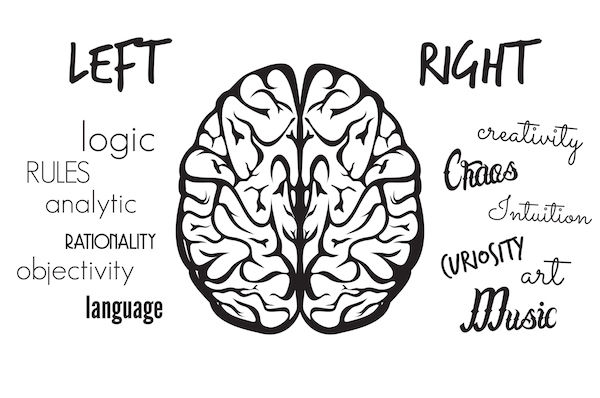
SATURDAY, March 13 (HealthDay News) — Mona Lisa’s smile remains one of art’s great mysteries, and many credit it with the portrait’s enduring appeal.
But her expression can’t explain everything, said Austrian neurologists who used computer-altered images to simulate the “Mona Lisa condition” in a new study.
“There is more to Mona Lisa than her elusive smile,” concludes senior study author Florian Hutzler, a professor of psychology at the Center for Neurocognitive Research at Paris-Lodron-Universitat Salzburg.
The study appears in the journal Psychological Science.
Previous research has shown that Mona Lisa’s facial expression shifts depending where you focus your gaze. If you look at her eyes, your peripheral vision sees a subtle smile on her lips, Hutzler explained.
But if you shift your gaze to her mouth, the smile disappears. Leonardo da Vinci was able to accomplish this using the sfumato technique, in which layers of paint are added on top of one another to create subtle changes in shading, but no harsh lines.
Sfumato plays tricks on the human eye. According to the researchers, “spatial frequency” is a term used to describe the visual characteristics of an object or a facial expression. High spatial frequencies represent abrupt spatial changes in the image, such as edges or fine detail, while low spatial frequencies are perceived as general shape, orientation in space and proportion.
The human eye sees high spatial frequencies when directly gazing upon something, while low spatial frequencies are perceived mainly in the peripheral vision, Hutzler explained. That’s why the soft, smoky layers of shading that create the slight smile around Mona Lisa’s mouth can only be viewed when you’re looking her in the eyes and her mouth is blurred.
“In Mona Lisa’s mouth, there is a smile hidden in low spatial frequencies — not in the fine details but in the gradual changes,” Hutzler said. “When you look directly on the mouth, you see the fine details, the smile disappears and there is only a neutral expression. Mona Lisa changes her expression depending on where you look at her face.”
But does the painting’s enduring appeal lie only in the lady’s smile?
To explore this, Hutzler and his colleagues showed volunteers a series of 25, computer-altered faces of attractive women. (The faces were a composite of actual faces so that the features were relatively symmetrical and uniform.)
Each face was shown with three expressions: a smiling mouth, a neutral mouth, or the “Mona Lisa condition,” in which the mouth shifted between neutral and smiling.
To do that, researchers tracked each participant’s gaze as it shifted from the eyes to the mouth and back again. During the milliseconds it took for the viewers’ eye to move, they were basically blind. Researchers alternated between images of the smiling and the neutral mouth during this rapid eye shift, called the saccade, so that viewers were unaware the picture was being changed.
When participants looked directly at the eyes, they caught a slight smile in their peripheral vision. But when their gaze jumped to the mouth, researchers switched to the picture with the neutral mouth — just like in the Mona Lisa, explained Hutzler.
“Our aim was to simulate this phenomenon of the elusive smile, this smile that you can’t catch, to see whether these faces appear more mysterious than non-changing faces,” Hutzler said.
Not surprisingly, participants rated the smiling faces as more attractive and trustworthy than neutral faces or the faces in the Mona Lisa condition.
When asked if the faces in the Mona Lisa condition were smiling, beholders were less confident in what they were seeing.
Observers did not rate faces in the Mona Lisa condition as any more or less mysterious than the other faces, however, which means there may be more than the elusive smile driving the artworks’ allure.
Stephen Porter, a psychology professor at University of British Columbia, said the study has implications for how people process facial expression beyond the Mona Lisa.
“The most significant finding of this elegant, brilliant study was that people pick up on and are influenced by subtle information from another person’s face at a subliminal level,” Porter said. “It shows that we quickly analyze faces holistically but are not aware of this process. Our assessments of trustworthiness and attractiveness are affected in powerful ways by very subtle factors.”
Unfortunately, those split-second assessments aren’t always right. Research has shown that this split-second processing can lead to both correct and incorrect decisions about the personalities and intentions of others, Porter added.
More information
There’s more on how vision works at the American Optometric Association.

